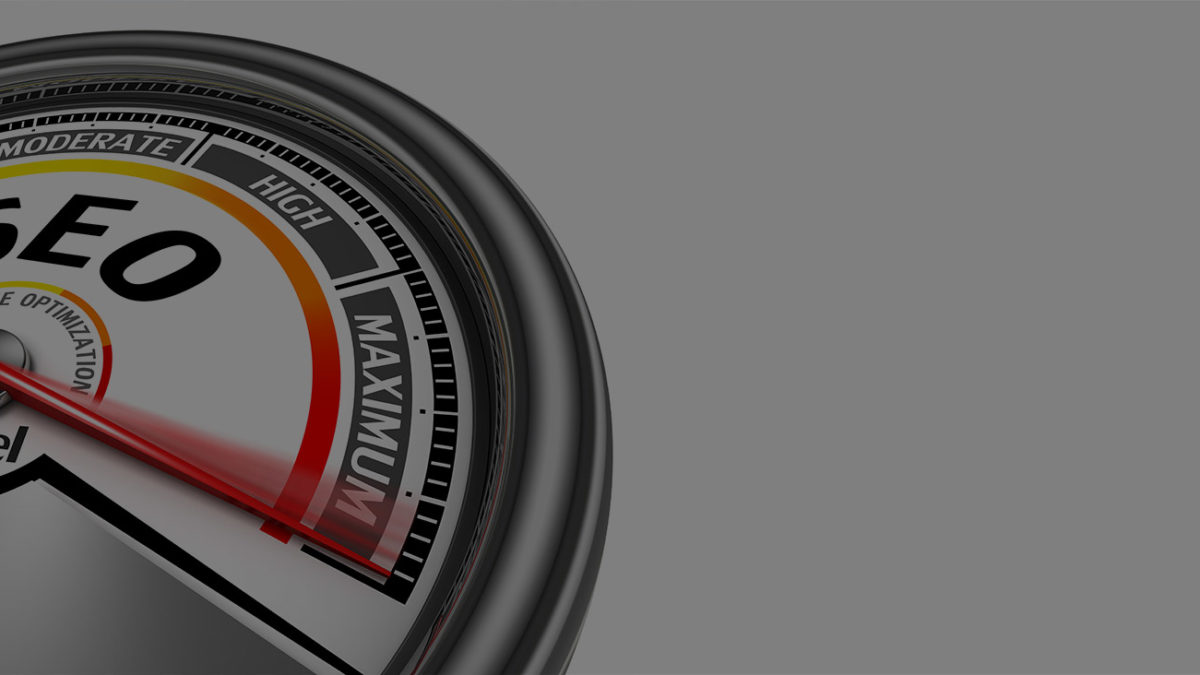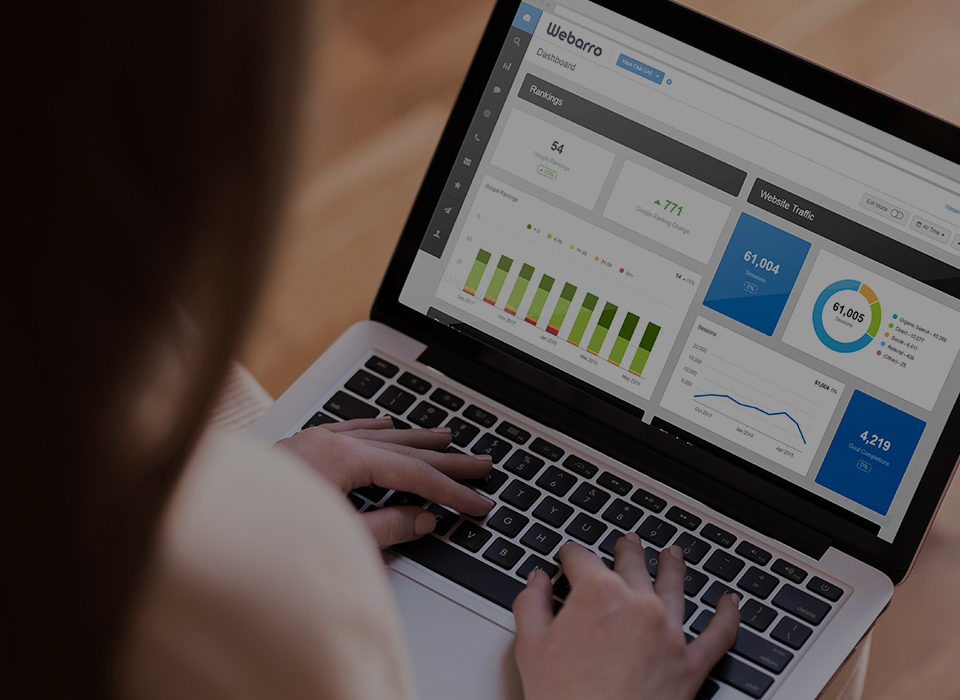Let’s start with a hard fact – getting on top of Google is not difficult, it’ real tough! With more and more businesses moving online, the competition is only getting stiffer day by day. But there’s hope, provided you get your SEO process right. If you are a business owner looking for a starting point for your search optimization activities, get started with On-page SEO today.
On-page SEO refers to a set of optimization techniques applied to individual web pages in order to improve search engine ranking and drive more traffic. Though there are a multitude of factors that affects a webpage’s search engine ranking, you can consider on-page SEO as the cardinal one. Here are a few on-page optimization factors that will help beat your competition.
Content: Is your website content original, engaging and understandable for both humans and search engines? However creatively written your website content might be, if it’s not keyword optimized to make it understandable for search engines, it’s not of much use. Not to forget that duplicated content is a big No-No for search engines, so make sure that the text is unique and not copied from other websites.
Meta Tags: Meta Tags are the hidden words in your codes which allow webmaster to pass website information to the search engine including Title, Descriptions, Keywords, Heading tag, ALT tags and others. Search engines read through the Meta Tags to see the relevance of the content displayed on the page with that of given in Meta Tags before ranking it on the search engine result page.
Internal linking & Site Structure: Internal linking of a webpage within website is important because it will give the visitors a clearly navigate the website & Robots can easily understand the structure of website that can benefits in indexing in search engine & site link. It also tells search engine the most important pages of a website.
URL Structure: Though this may not have a huge impact on your search engine ranking, the fact is that URL structure matter. Keep your web page URL clear, short, concise and keyword focused.
Mobile Responsive: The search engine giant Google has made it extra clear in their mobile algorithm update that business who wish to continue having a non-responsive website can expect nothing but a major drop in your search engine ranking. When your competitors are offering user-friendly websites that work on all screen sizes, you can’t expect your prospects to have the patience to pinch, zoom and scroll on your website. It’s a big no-no from both your customers and more importantly from Google.
Site Speed: Website loading speed is crucial, again both for search engines and the impatient digital age customers. If a web page is taking too much time to load, visitors generally hop to next, without any second thought. You can keep your load time less by focusing on below factors like:
- Enable compression
- Move to Faster Hosting
- Optimize Plugins & Images
- Minify CSS & JavaScript
- Avoid too many redirections etc…
Optimize images: Though high-resolution images are definitely an eye candy, it’s good to keep in mind that large sized images also means extra loading time which in turn will affect your overall site speed. If your image size is more than 150 KB, think of resizing the image to ensure that it will not take more than 3 seconds to load. Here’s my last advice- don’t forget to add proper anchor text, title tag & Alt tag to the images.





